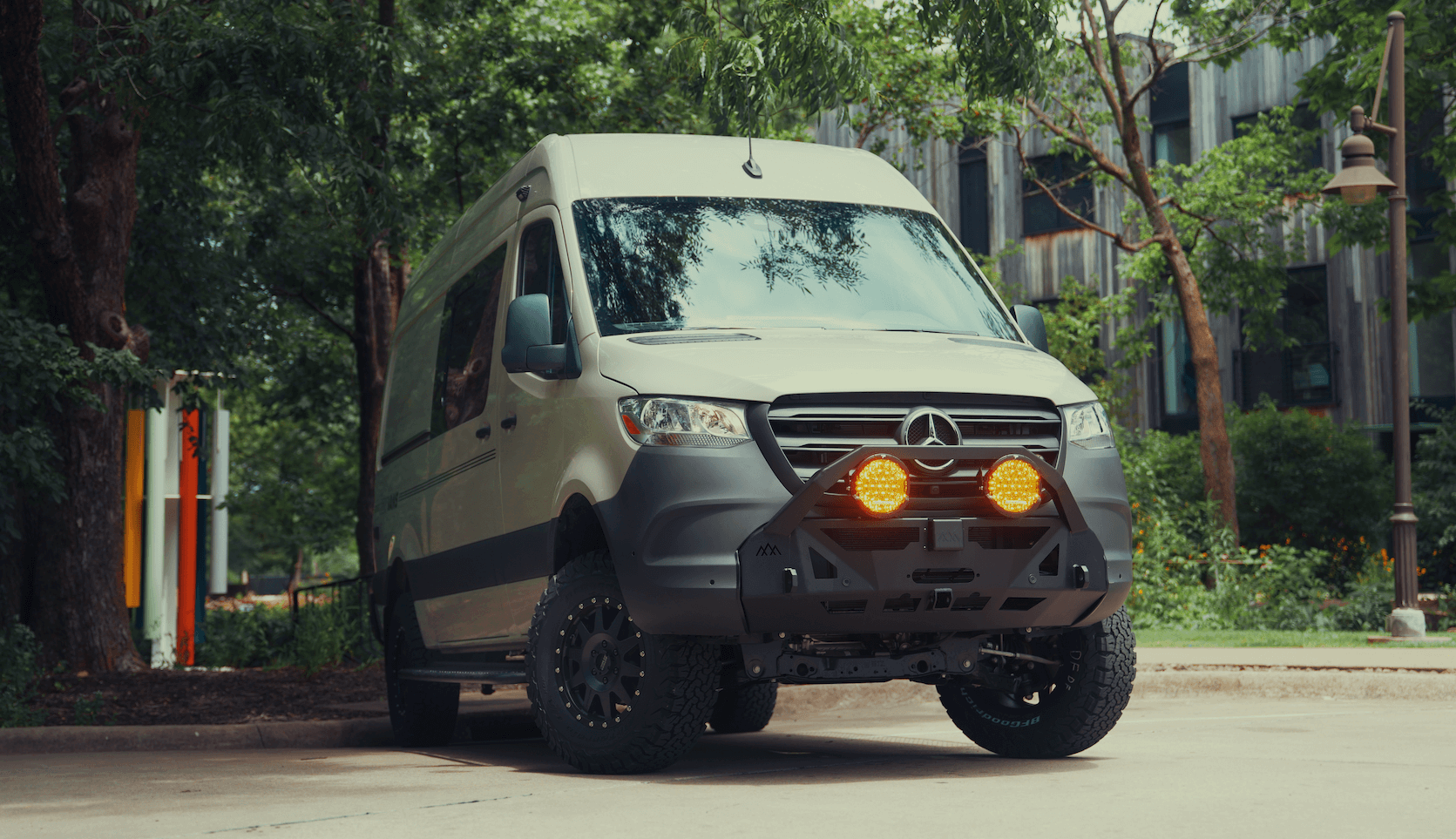Recreational Vans

A conversion van starts as a standard full size or mid size van and receives upgrades that improve comfort, utility, or accessibility. Builders add seating that rides like a lounge, sound deadening, finished walls and ceilings, lighting, and integrated storage. Some builds add sleeping space and a compact galley while others focus on screens and plush trim for long highway trips. Mobility focused builds integrate lifts, hand controls, and securement points for safe transport. The common thread is a reimagined cabin that better serves people rather than freight.
Unlike a Class B motorhome that is sold as a complete recreational vehicle, a conversion van can remain a multi purpose daily driver. It may still park in normal spaces and fit more easily in urban environments than larger RVs. Many families choose a conversion van as a road trip vehicle that doubles as an everyday hauler. Commercial buyers use conversions as mobile offices, field service rigs, or executive shuttles.
Passenger oriented builds emphasize climate control, reclining captain seats, swivel options, and entertainment systems. Camper oriented builds shift toward sleeping, water storage, a compact galley, and power management for off grid stays. Mobility builds center around lifts or ramps, low effort restraints, and thoughtful circulation paths. Each category shapes the floor plan, materials, and power needs in distinct ways.
Popular platforms include Ford Transit, Mercedes Sprinter, and Ram ProMaster for modern high roof options, plus Chevy Express and GMC Savana for traditional body on frame vans. Roof height matters because it drives comfort and cabinetry choices. Long wheelbase models create space for seating plus gear without crowding the aisle. Payload and gross vehicle weight rating are critical since finished interiors add weight quickly.
Floor planning decides how people move, sit, and store gear. Families often choose two or three rows of captain seats with a rear bench that folds into a bed. Adventure travelers may prefer a convertible lounge that becomes a sleeping area, with tall cabinets for bins and soft gear. Smart track or L track style floors allow seats to reposition or remove for cargo days. Window placement influences daylight and privacy, and insulated coverings help manage heat and cold.
Modern conversion vans often carry lithium batteries sized from a few hundred to several thousand watt hours. Charging sources include alternator, solar, and shore power. Inverters run household outlets for laptops and cooking appliances. Vent fans and high efficiency heat or air solutions improve comfort on the move or while parked. Sound deadening and closed cell insulation reduce road noise and regulate interior temperature. Thoughtful lighting blends task lights with warm ambient illumination to keep the cabin inviting.
Safety starts with weight awareness. Added cabinets, batteries, and seats increase mass, so payload margins and axle ratings need attention. Quality builds use crash tested seating with proper anchors and seat belts. Heavy items live low and between the axles to keep handling predictable. Windows should be tempered and wiring should follow best practices with correct fusing and cable routing.
Pricing varies with scope. Passenger focused upgrades can start at a few thousand dollars for seating and trim, while camper grade interiors with power and water systems can run into five figures or more. Used vans provide a budget friendly base, but a pre purchase inspection helps verify mechanical condition and rust exposure. Some states allow reclassification as a motorhome when sleeping, cooking, and water criteria are met, which can change registration and insurance options. Maintenance plans should include regular checks of electrical connections, seals around added windows, and hardware that sees vibration.
A thoughtful plan beats a parts list. Start by ranking needs by trip length, passenger count, seasons, and storage. Then match those needs to a layout, weight budget, and charging strategy. The best conversion van feels calm on the highway, easy to live in at camp, and simple to service later.
Professional teams measure payload, design safe seating and anchoring, route wiring cleanly, and finish the space for long term use. They can integrate power systems that charge fast from the alternator, manage heat and air efficiently, and keep cabinets quiet. For owners who want confidence in safety, comfort, and durability, a pro build shortens the path from idea to road ready reality.
When you are ready to move from research to a real van, OZK Customs designs and builds conversion vans that match your priorities. Whether you want a family tourer with refined seating or a weekender with sleeping, storage, and reliable power, our team plans the layout, confirms payload, and delivers a clean finish. Visit our shop in Northwest Arkansas to review materials, test layouts, and head out with a setup that feels dialed in from day one.
Tell us how you travel, how many people ride, and the gear you carry. We will translate that into a clear scope, timeline, and budget so you drive home in a conversion van that fits your life.
Get started:Ready to plan a comfortable, road ready conversion van without guesswork? Share your goals, seat count, and travel style. OZK Customs will map a clear build path and timing for your van so you can hit the road confident and comfortable.
ADDRESS:
6159 E Huntsville Rd, Fayetteville, AR 72701
PHONE:
(479) 326-9200
EMAIL:
info@ozkvans.com